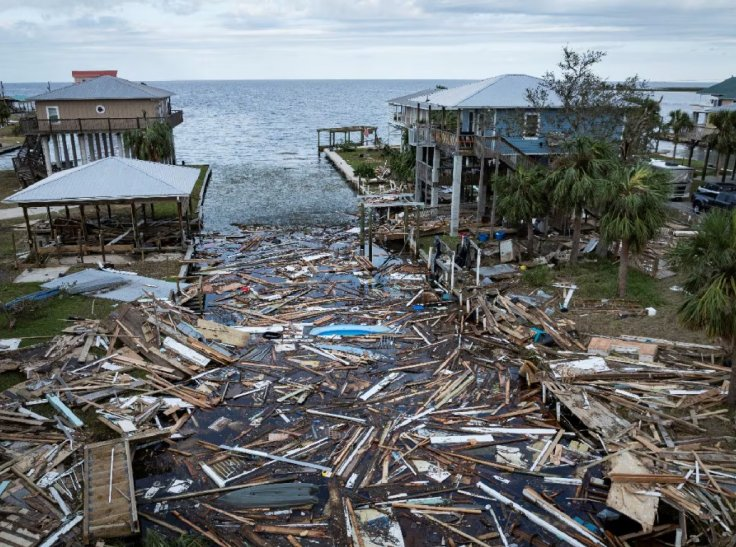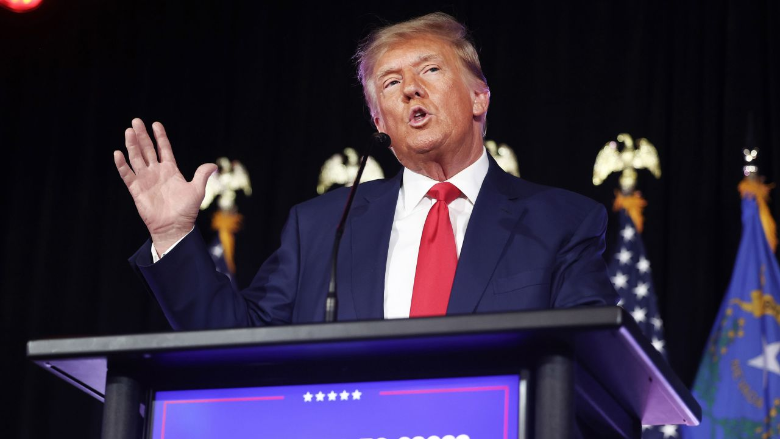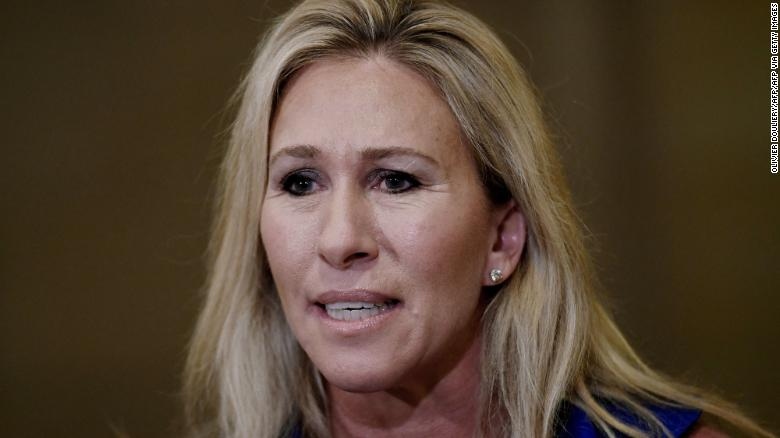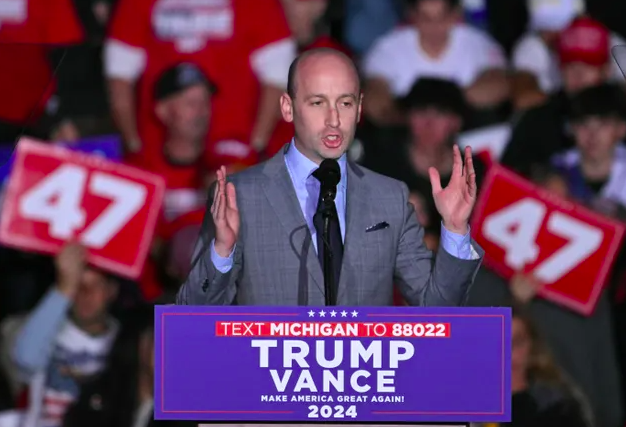A recent report from the U.S. Department of Homeland Security’s (DHS) Office of Inspector General (OIG) has revealed that FEMA has over $7 billion in unliquidated funds, raising questions about why these resources haven’t been used for disaster relief. This news comes just as DHS Secretary Alejandro Mayorkas publicly stated that FEMA lacks the necessary funds to handle the current hurricane season, contradicting his earlier claims that the agency was “tremendously prepared” for emergencies.
The OIG report, released in August, highlighted “Inadequate Oversight” within FEMA that has led to significant delays in closing out declared disaster programs. These delays have left billions of dollars in unspent funds. Specifically, the report found that FEMA extended the closeout periods for 41 disaster programs without proper documentation, leaving more than $7 billion in limbo. These funds could potentially be returned to FEMA’s Disaster Relief Fund, providing much-needed resources for the ongoing hurricane season.
This revelation has raised serious questions about the agency’s competency and transparency, especially given Mayorkas’ recent statements that FEMA was short on cash to respond to disasters. Just months after declaring the agency was well-prepared, Mayorkas’ admission has fueled speculation that something may be amiss within FEMA’s management. Is the agency simply bogged down by bureaucratic inefficiency, or is there something more deliberate at play?
The OIG’s report paints a troubling picture of FEMA’s financial oversight. According to the audit, 26 disaster programs were found to have nearly $9.4 million in unliquidated funds that remained open well beyond their authorized periods of performance. In 41 other cases, FEMA extended these periods without providing the required documentation or justification. In total, more than $7 billion in unused disaster relief funds were identified as a result of these mismanagement practices.
The question many are asking is: why hasn’t this money been used? With the southern U.S. recently battered by multiple hurricanes, including Hurricane Helene, the need for relief is immediate and significant. Reports of widespread destruction have been compared to the aftermath of Hurricane Katrina, and many hurricane victims are reportedly receiving minimal federal assistance. FEMA has only promised $750 to those who apply, a shockingly low amount given the scale of devastation.
One theory circulating among critics is that the Biden administration’s response to these disasters may be politically motivated. Some have speculated that the majority of states hit hardest by recent hurricanes are Republican-leaning, raising concerns that these areas may not be receiving the same level of federal aid that traditionally blue states might.
The federal government under the Biden-Harris administration has been accused of prioritizing foreign aid over domestic disaster relief. While FEMA struggles to deliver aid to hurricane-stricken areas, significant amounts of money are being funneled overseas for various initiatives. For example, as Hurricane Helene wreaked havoc in the southern U.S. on October 1, the U.S. Agency for International Development (USAID) announced $336 million in humanitarian assistance for Gaza and the West Bank, areas controlled by the terrorist group Hamas. The following day, USAID pledged an additional $237 million for winter preparedness in Ukraine, and just days later, the U.S. State Department promised nearly $157 million for Lebanon, where Hezbollah, another designated terrorist organization, holds significant influence.
These announcements have sparked outrage, particularly among those affected by the hurricanes. Critics argue that while American citizens are struggling to recover from devastating natural disasters, the Biden administration is prioritizing foreign countries, many of which are controlled by groups hostile to the U.S. These decisions have led some to accuse the administration of neglecting its own citizens in favor of supporting international causes that are of questionable benefit to U.S. interests.
Despite the OIG report and the public outcry, FEMA and the Department of Homeland Security have remained relatively silent on the issue of the unliquidated funds. Mayorkas’ statements about FEMA’s financial difficulties seem to contradict the reality of the $7 billion sitting unused. It is unclear why these funds have not been liquidated and returned to the Disaster Relief Fund, especially in light of the multiple disasters affecting the country.
For now, the affected regions are left to wonder when—and if—they will receive the aid they need. While some private organizations and state governments have stepped in to fill the gap left by FEMA, the federal response remains alarmingly insufficient.
As the 2024 hurricane season continues, pressure is mounting on FEMA and the Biden administration to address the apparent disconnect between available resources and disaster relief efforts. The unliquidated $7 billion could provide crucial support for communities hit hard by recent storms, but unless FEMA can rectify its oversight issues and move these funds into action, the agency will continue to face criticism for its handling of disaster relief.
The Biden administration’s foreign aid commitments, particularly to regions controlled by terrorist groups, have only heightened the controversy. As Americans rebuild their homes and lives in the wake of hurricanes, the question remains: why is there money for foreign aid, but not for U.S. disaster relief?
With no immediate resolution in sight, both FEMA and the administration will need to confront these criticisms head-on if they hope to regain the trust of the American people.



